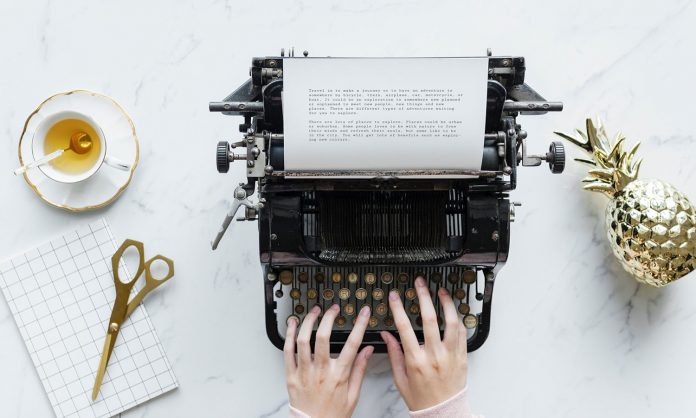
In a new post, Tiffany Yates Martin offers advice on using nonverbal cues to provide subtext to your dialogue. “Most experts agree that nonverbals make up the bulk of communication, and yet so often authors write scenes that rely mostly on dialogue to convey the dynamics between characters,” she writes. “What people say matters–-but how they react arguably matters even more.”
Nonverbals can change the effect, meaning, or impact of dialogue, and reveal character. But how can you use them effectively? “Nonverbals are…everything characters do and every behavior they elicit that isn’t the main action or dialogue: body language and posture, demeanor and affect, expressions, eye contact, gestures, level of attentiveness, etc.,” Yates Martin explains. “They also include contextual details like how they dress, how they’re groomed, their comportment, choices and preferences, what they notice and don’t notice, and countless other under-the-radar elements of what makes up a three-dimensional human being. Even nuances of dialogue like volume, tone, vocalized reactions, and silence are considered nonverbals.”
Yates Martin suggests that observing nonverbal communication in action is the best way to master the technique. How do other writers use this kind of subtext? How do actors convey emotion or thoughts in a scene without using dialogue? She suggests watching a movie or television program with the sound off, while trying to identify the emotions, subtext, and situation in each scene. How do posture, body language, and other nonverbal communication convey these elements?
Of course, reading and observing humans in action are also ways of identifying and interpreting nonverbals. Tune into your own nonverbals as well. “Bring all that depth and color to your characters, scenes, and stories by digging into the rich vein of communication that lies under the surface of simply what is said,” Yates Martin writes.











